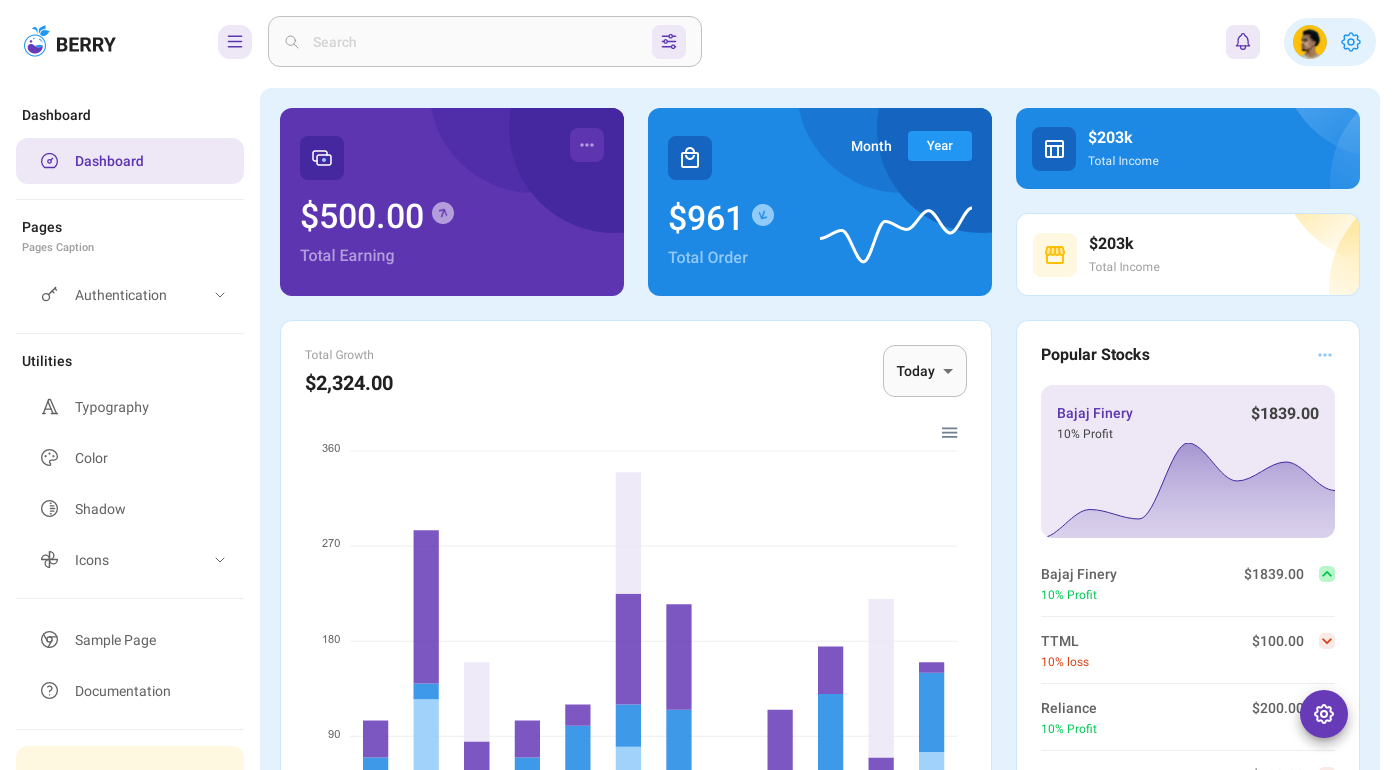The Role of Data Analysis in Improving Your Marketing Efforts
The Role of Data Analysis in Improving Your Marketing Efforts
Data analysis plays a crucial role in the modern era of marketing by empowering businesses to understand their customers, make informed decisions, optimize their campaigns, and achieve measurable results. This article explores the significance of data analysis in improving marketing efforts and provides practical insights into leveraging data-driven strategies for business growth.
Understanding Customer Behavior:
Data analysis empowers marketers to delve into customer behavior, preferences, and purchasing patterns. By analyzing data from various sources, such as website analytics, CRM systems, social media platforms, and customer surveys, businesses can uncover valuable insights into what drives customer decisions. This knowledge enables marketers to tailor their messages, products, and services to meet the specific needs and desires of their target audience.

Making Informed Decisions:
Data analysis provides marketers with concrete evidence to support their decisions. Instead of relying on guesswork or intuition, data-driven marketing allows businesses to make informed choices based on empirical evidence. By analyzing metrics such as conversion rates, customer engagement, and ROI, marketers can identify what strategies are effective and where improvements need to be made. This data-driven approach reduces the risk of costly mistakes and optimizes resource allocation for maximum impact.
Optimizing Marketing Campaigns:

Data analysis enables marketers to continuously monitor and adjust their marketing campaigns for peak performance. By tracking key performance indicators (KPIs) such as website traffic, leads generated, and sales conversions, marketers can identify underperforming elements and make necessary optimizations to improve campaign effectiveness. This iterative process allows businesses to fine-tune their marketing efforts, eliminate inefficiencies, and maximize their return on investment (ROI).
Measuring Results and ROI:
Data analysis provides tangible metrics to measure the success of marketing efforts. By analyzing data on website traffic, engagement rates, and revenue generated, marketers can quantify the impact of their campaigns and accurately calculate their ROI. This data-driven approach allows businesses to evaluate the effectiveness of their marketing investments and make necessary adjustments to ensure they are achieving their desired outcomes.
Predicting Customer Behavior:
Advanced data analysis techniques, such as predictive analytics and machine learning algorithms, allow marketers to forecast customer behavior and trends. By analyzing historical data and identifying patterns, businesses can anticipate customer needs, personalize their offerings, and proactively engage with potential customers. This predictive capability enables marketers to stay ahead of the curve, gain a competitive edge, and drive business growth.
Implementation Strategies for Data-Driven Marketing:
Collect Relevant Data:
The foundation of data analysis lies in collecting relevant data from various sources. This includes website analytics, social media data, CRM systems, email campaigns, and customer surveys.
Clean and Organize Data:
Before analyzing data, it is essential to cleanse it to remove errors and inconsistencies. This ensures the accuracy and reliability of the results. Additionally, organizing data into a structured format facilitates efficient analysis.
Choose the Right Analytical Tools:
Selecting the appropriate data analysis tools is crucial to extract meaningful insights from the data. Some popular tools include Google Analytics, Adobe Analytics, Tableau, and Power BI.
【4.】Perform Data Analysis:
Apply various data analysis techniques, such as descriptive statistics, regression analysis, and segmentation, to uncover patterns, identify trends, and gain insights into customer behavior.
【5.】Interpret and Apply Results:
Translate the analysis results into actionable insights that can be incorporated into marketing strategies. Use the insights to tailor messaging, personalize customer experiences, and optimize campaign performance.
【6.】Continuously Monitor and Adjust:
Data analysis is an ongoing process. Continuously monitor performance metrics and customer behavior to identify areas for improvement and make necessary adjustments to your marketing strategies.
Conclusion
In today's data-driven marketing landscape, data analysis is an indispensable tool for businesses to thrive. By harnessing the power of data, marketers can gain valuable insights into customer behavior, make informed decisions, optimize their marketing campaigns, and measure the effectiveness of their efforts. Embracing data analysis allows businesses to stay competitive, drive growth, and forge enduring customer relationships.
